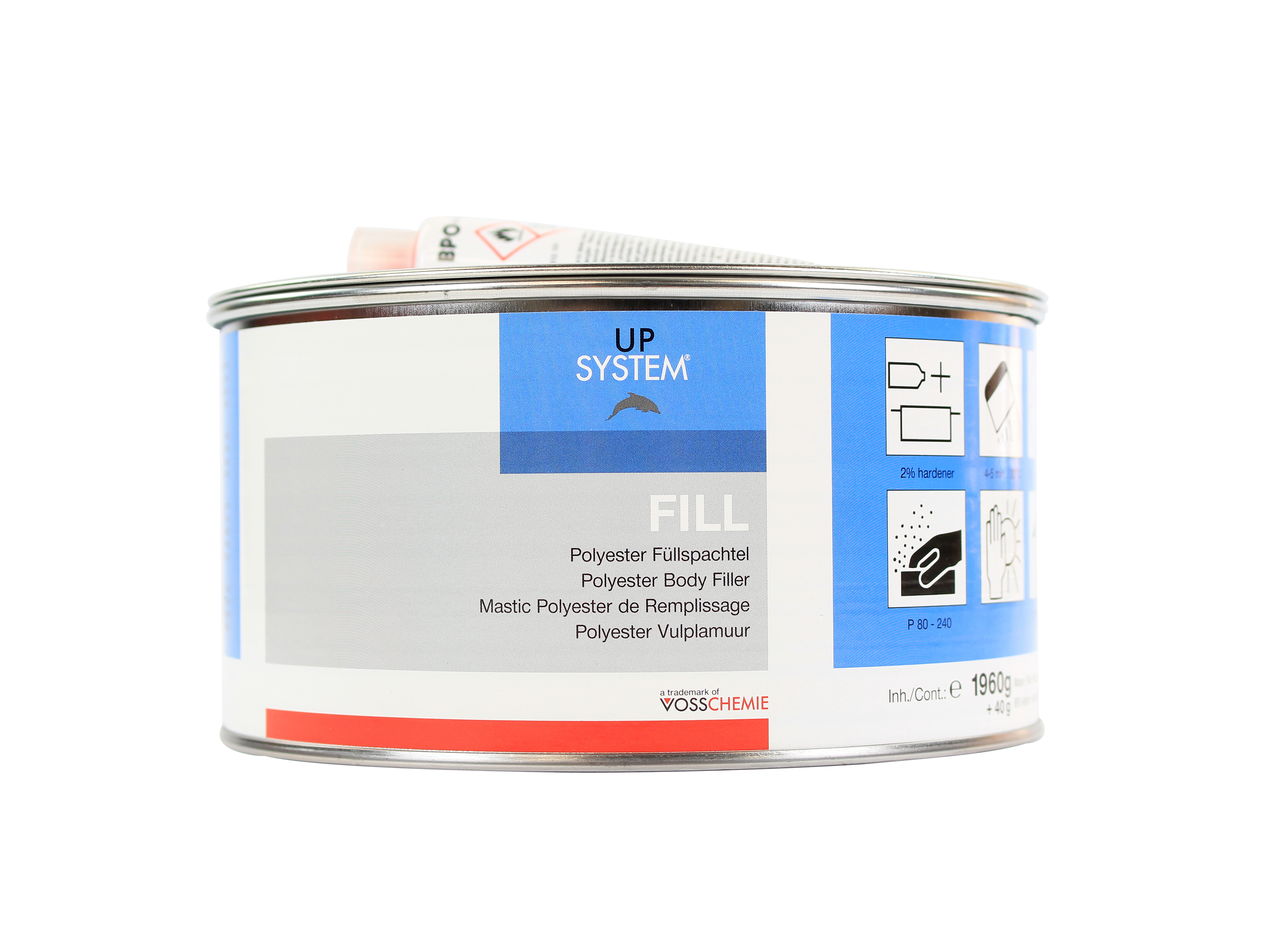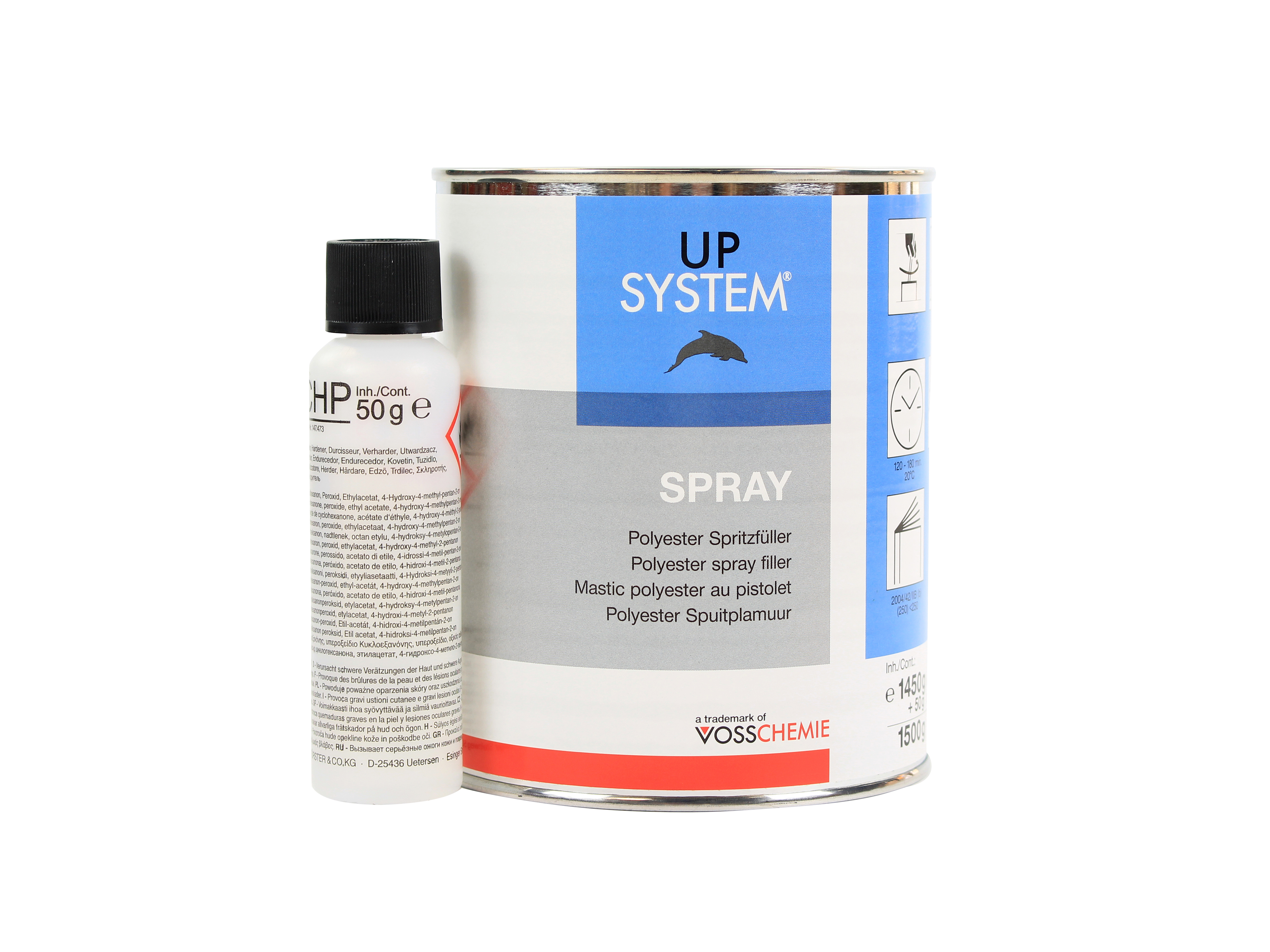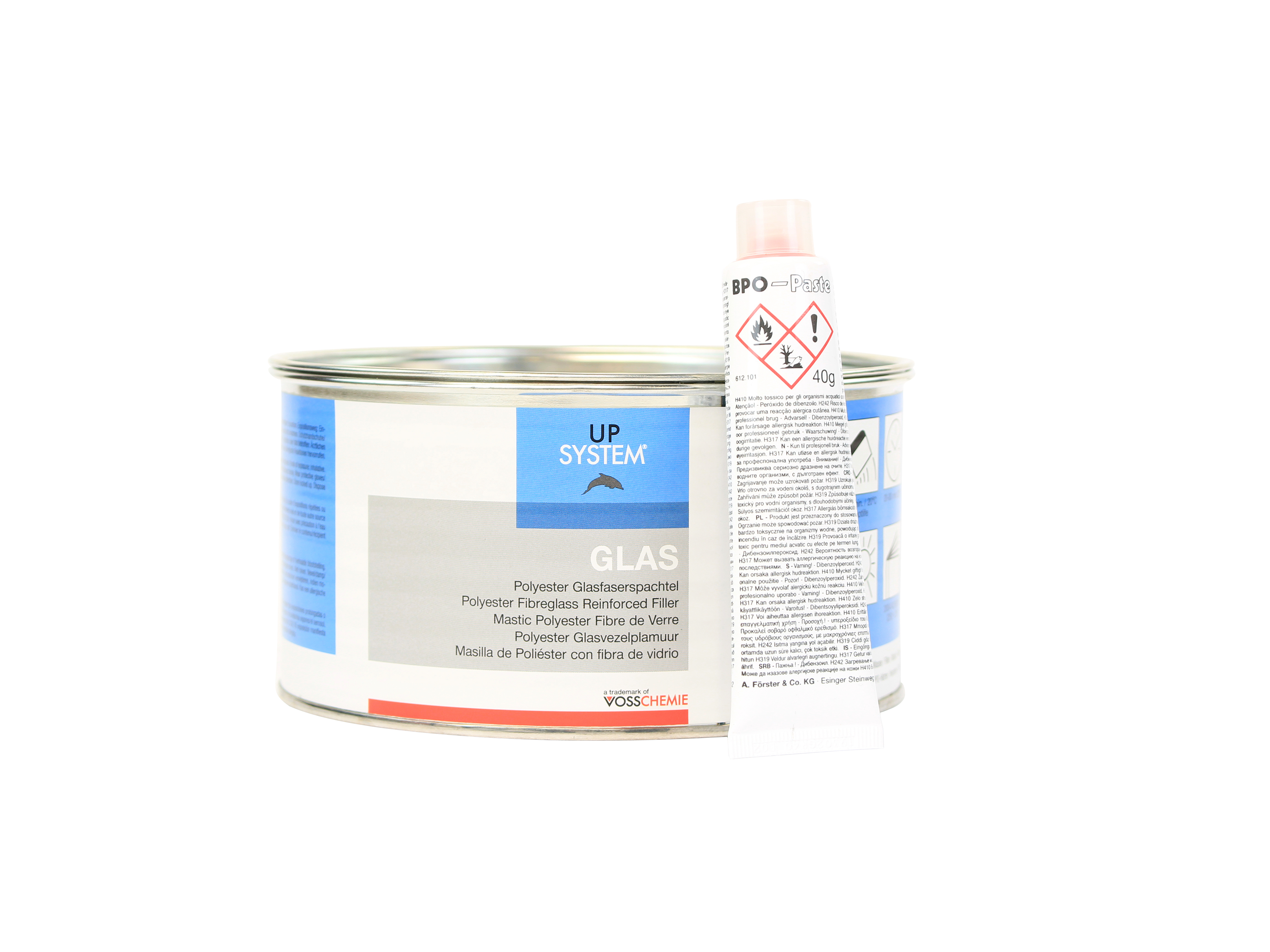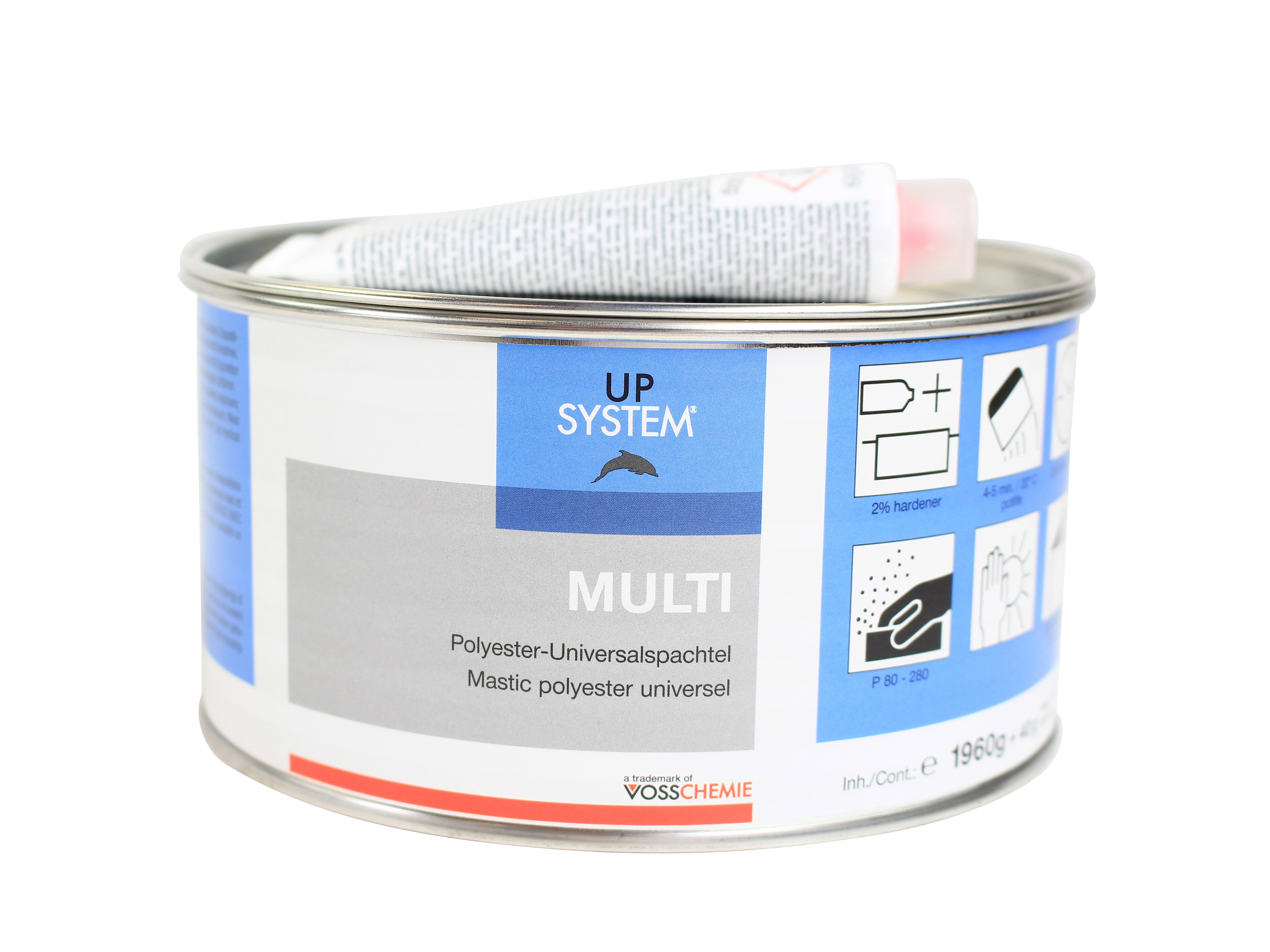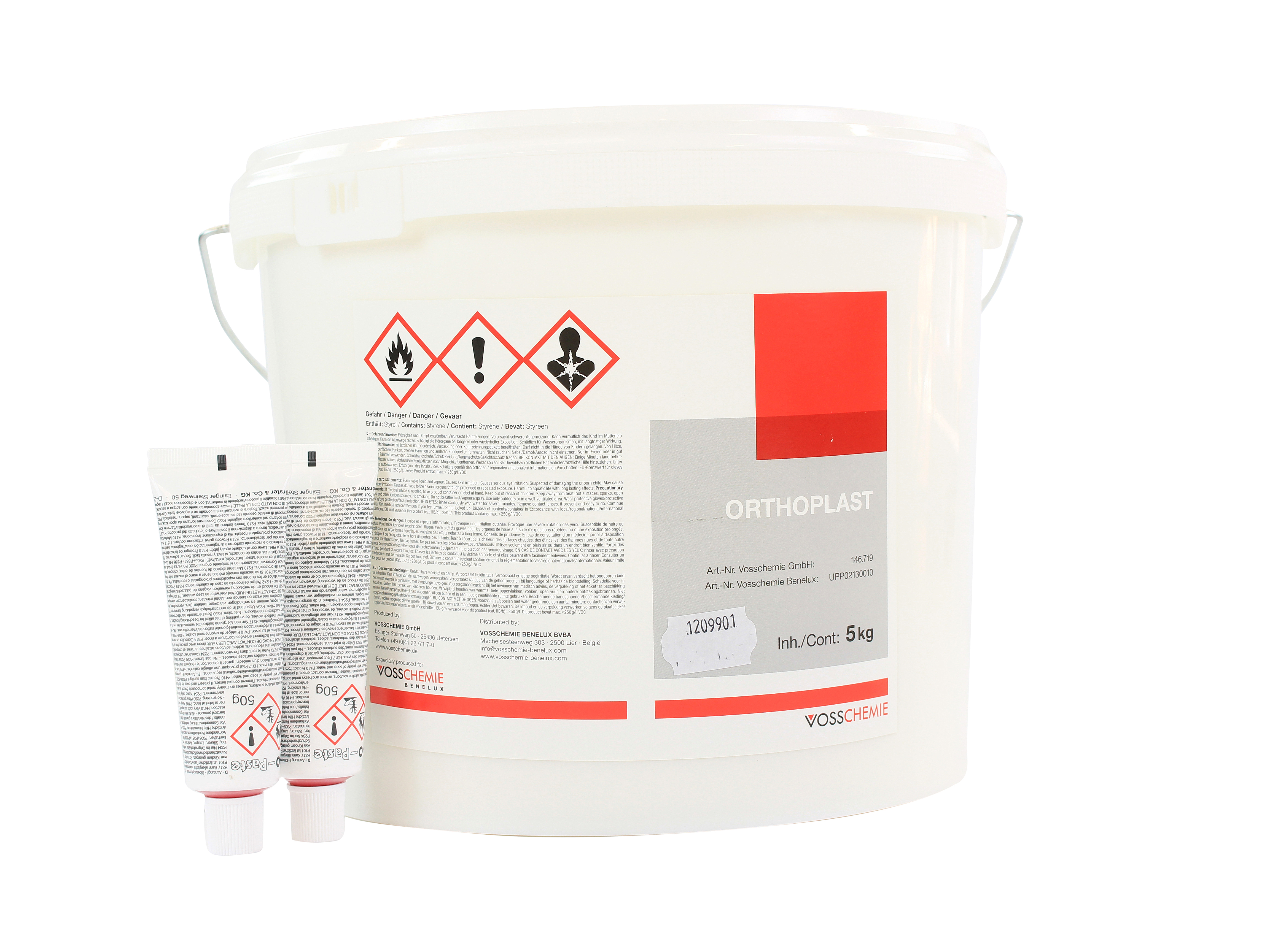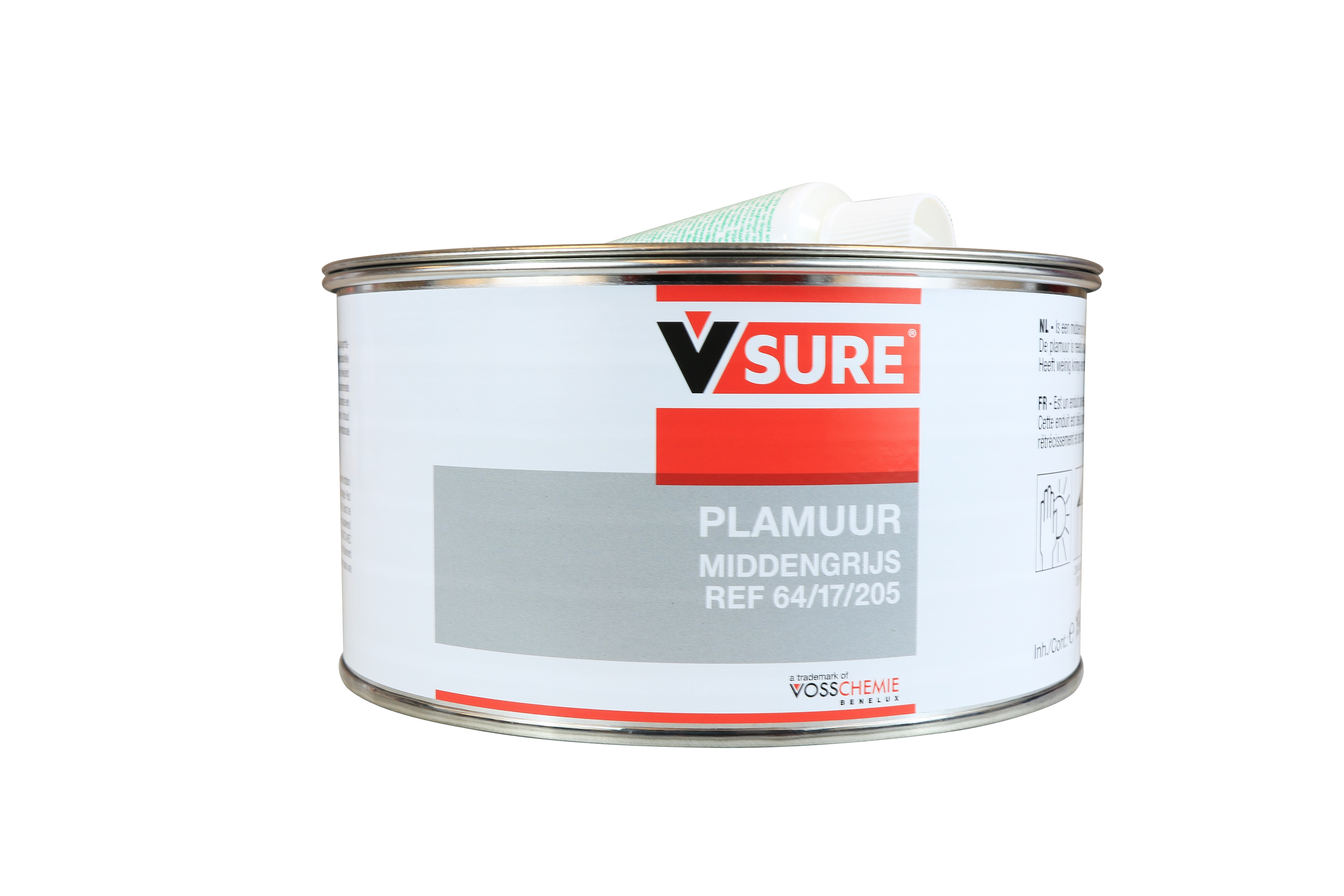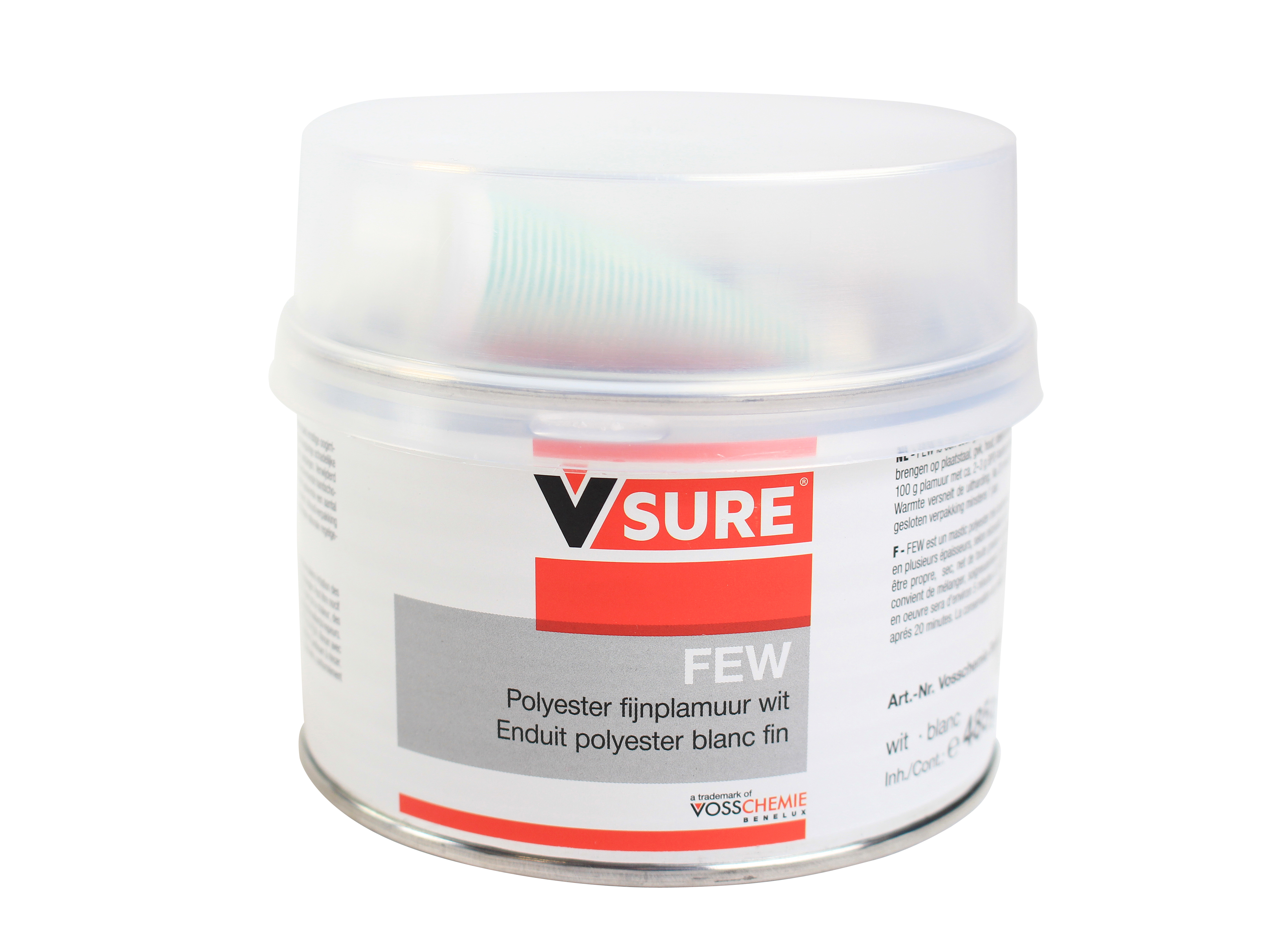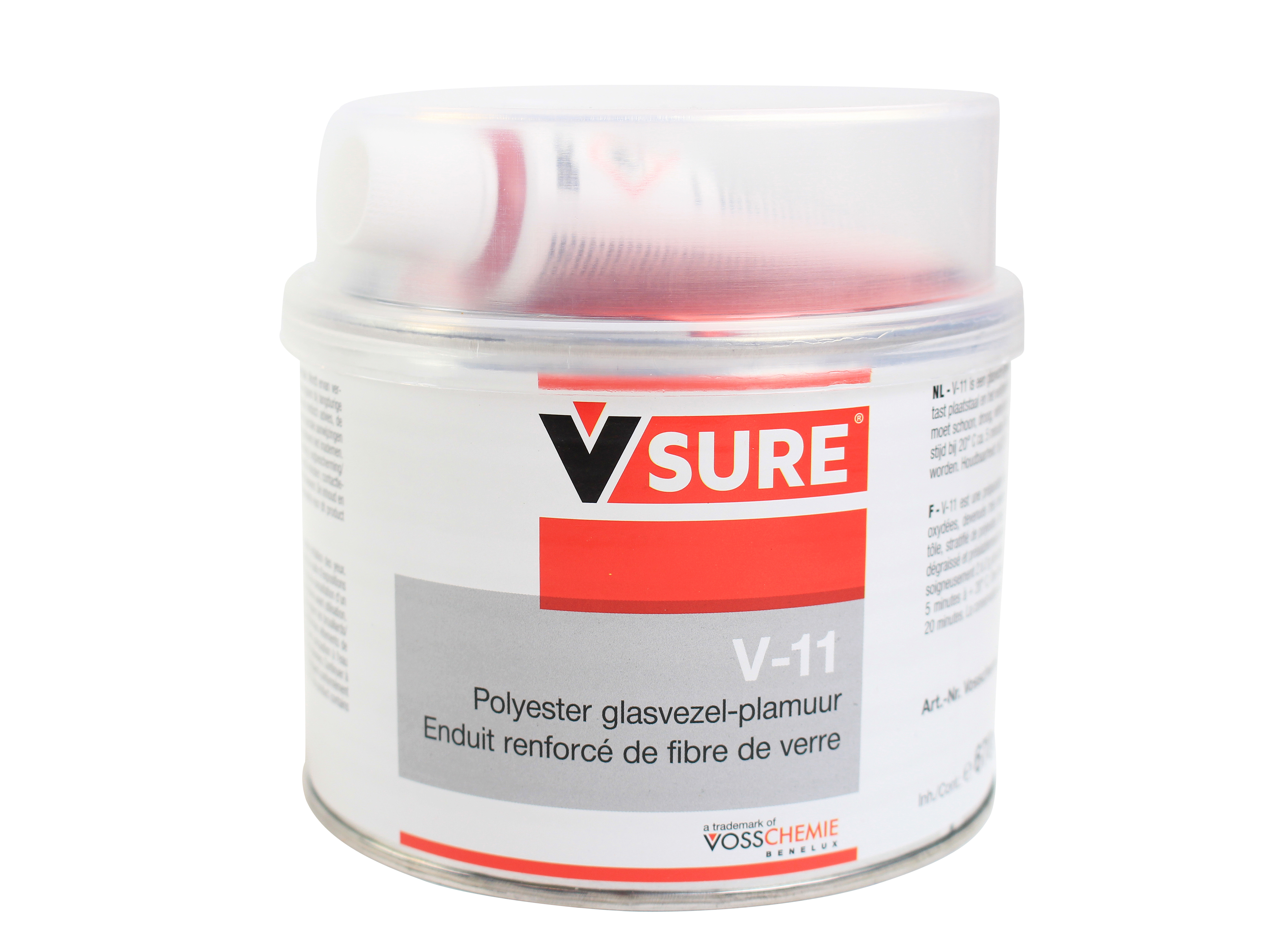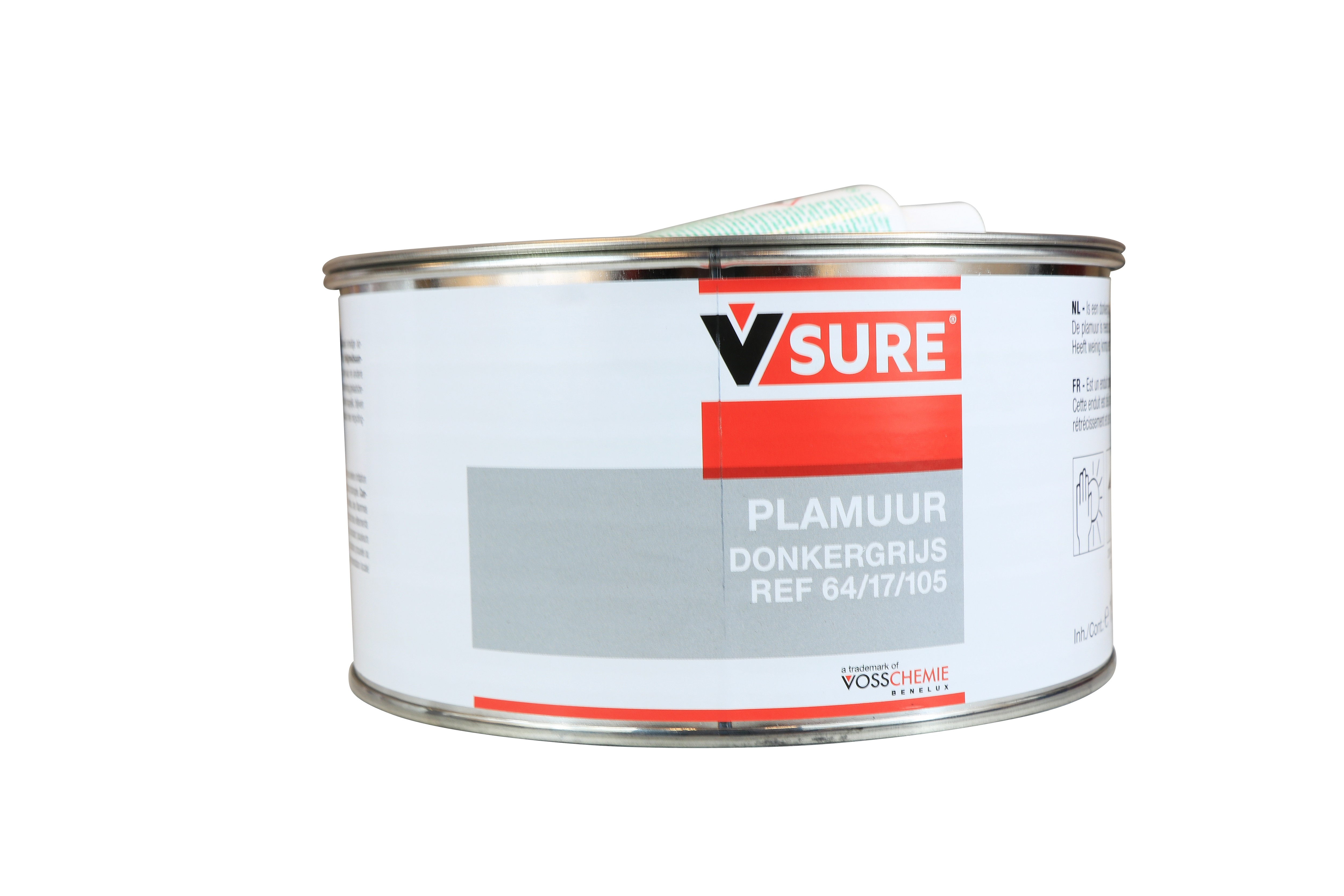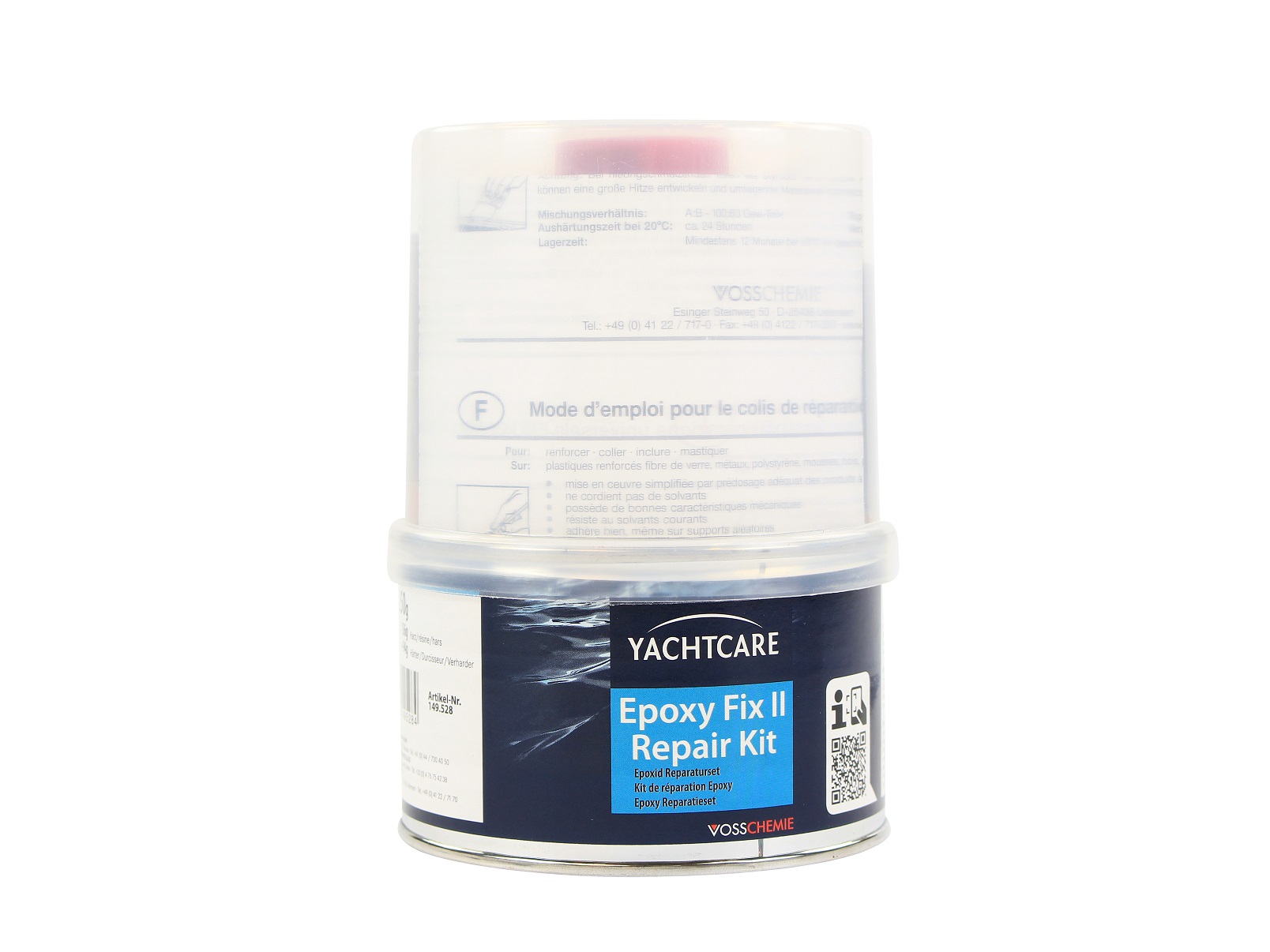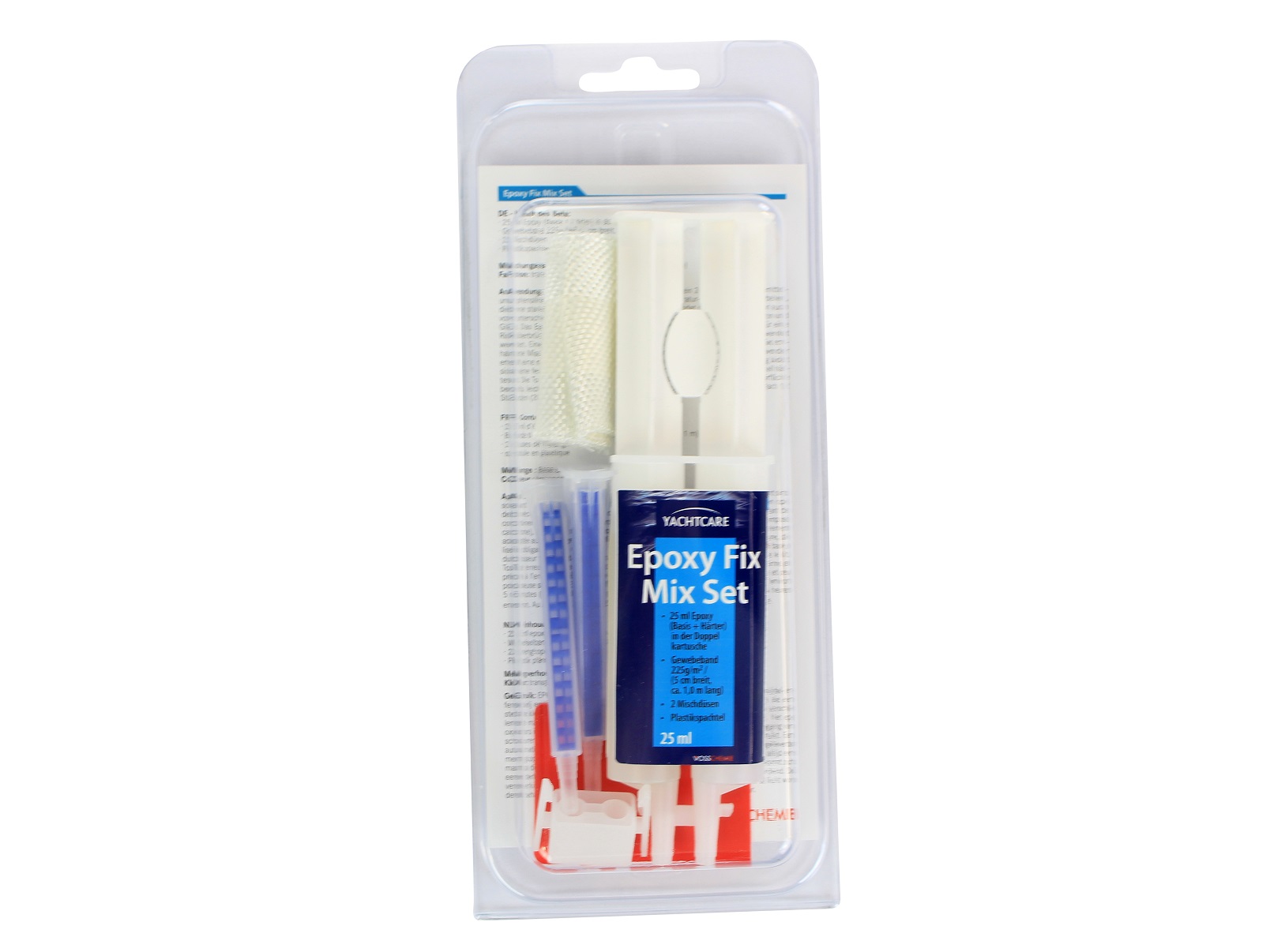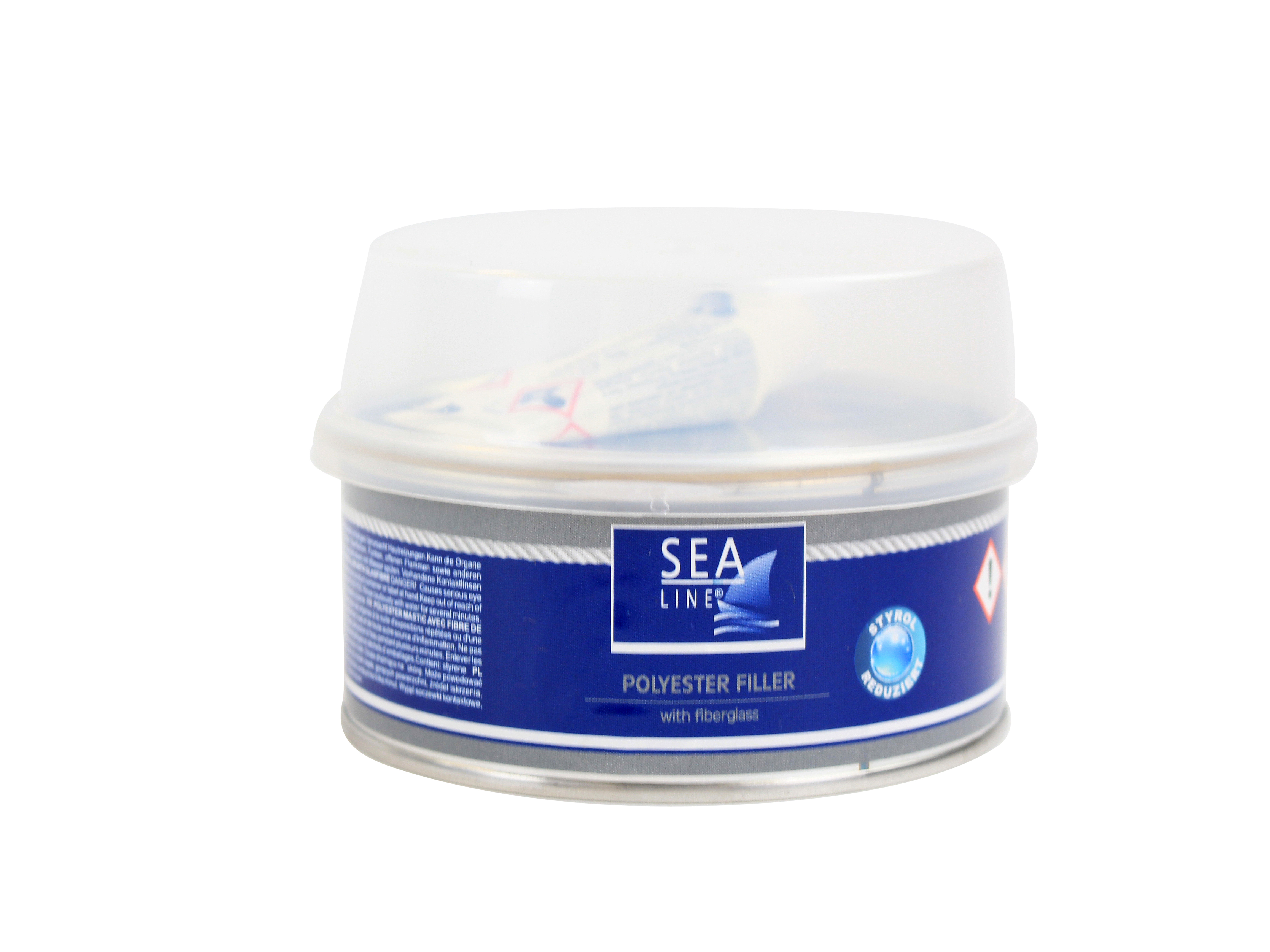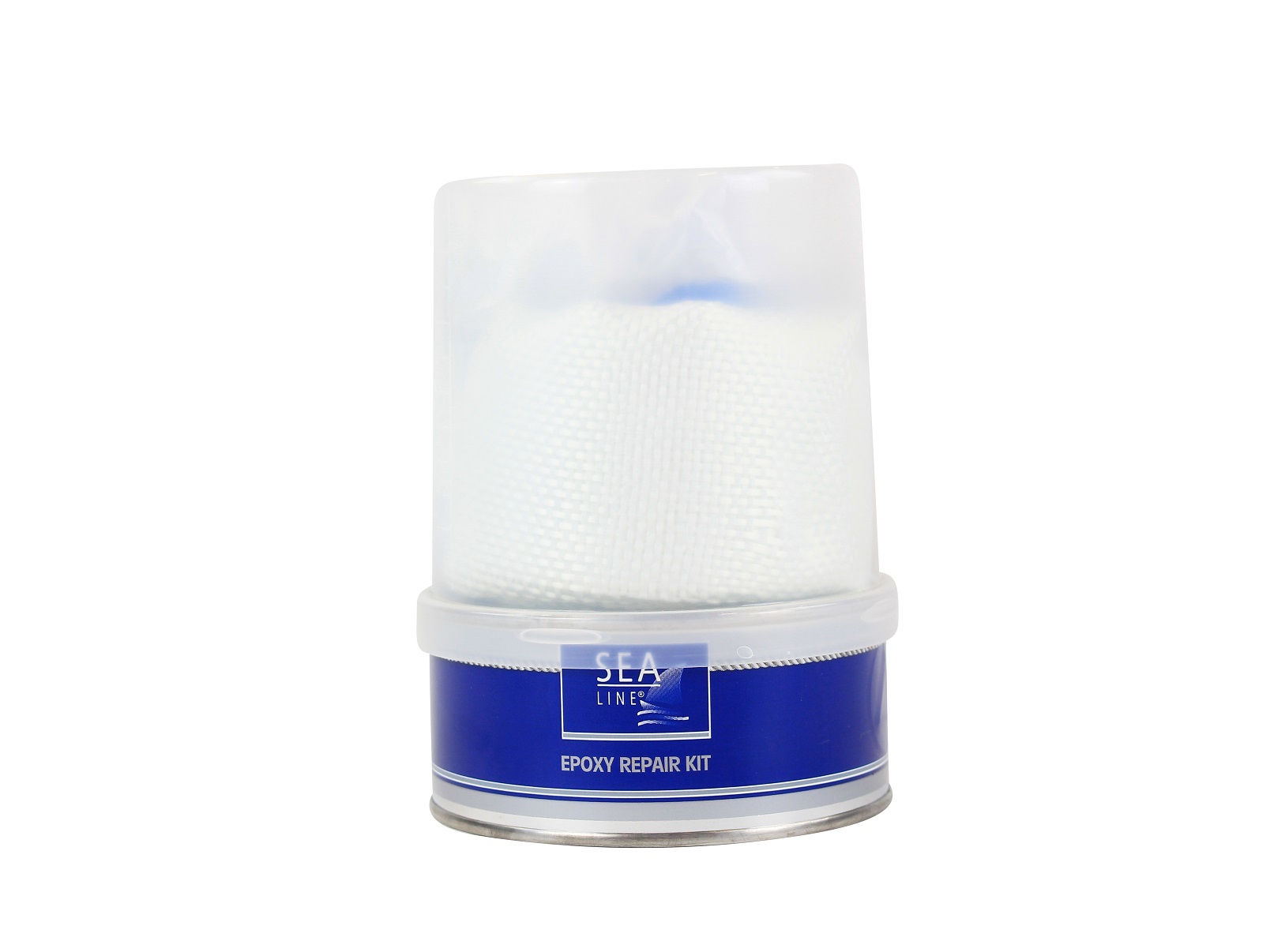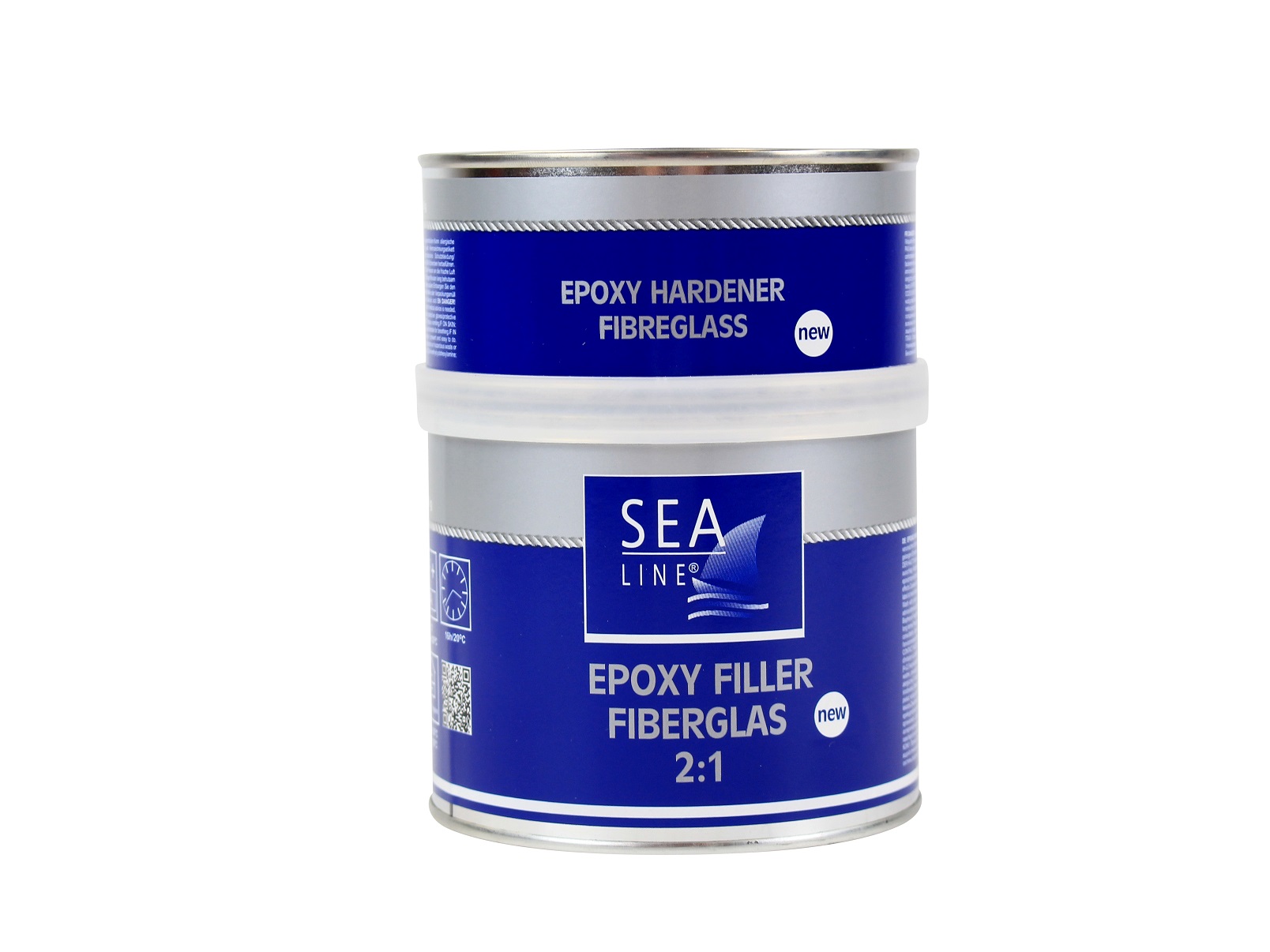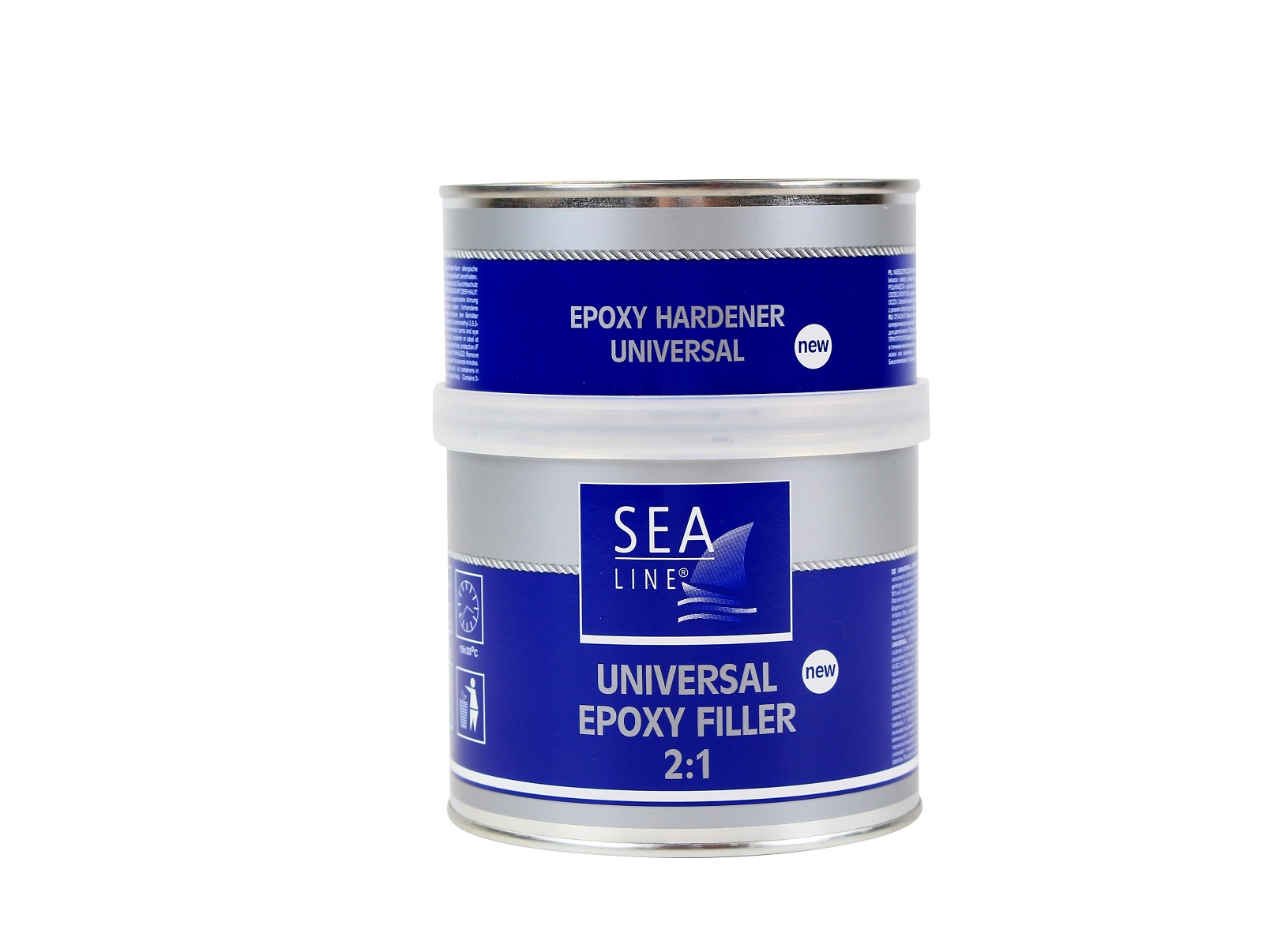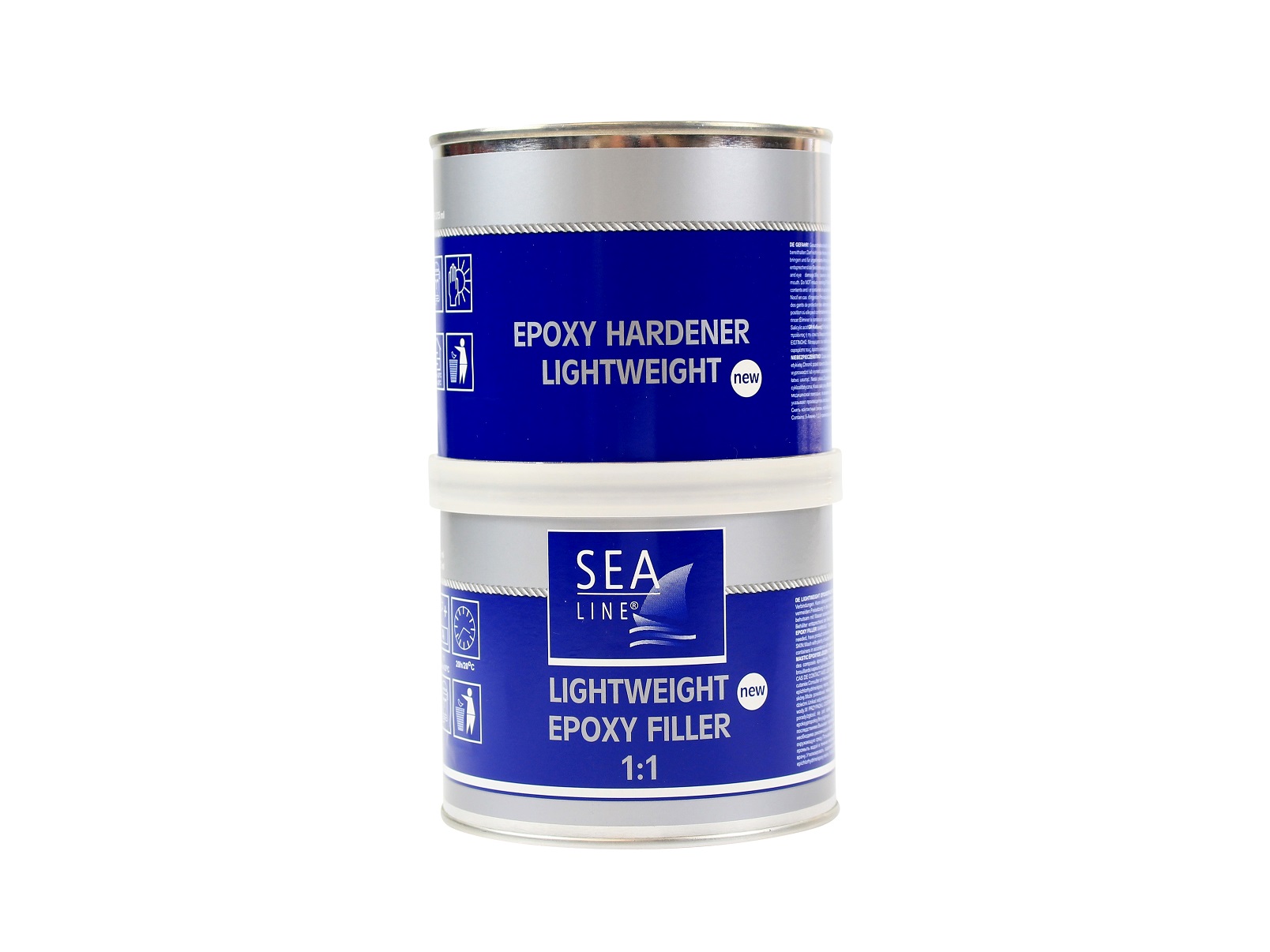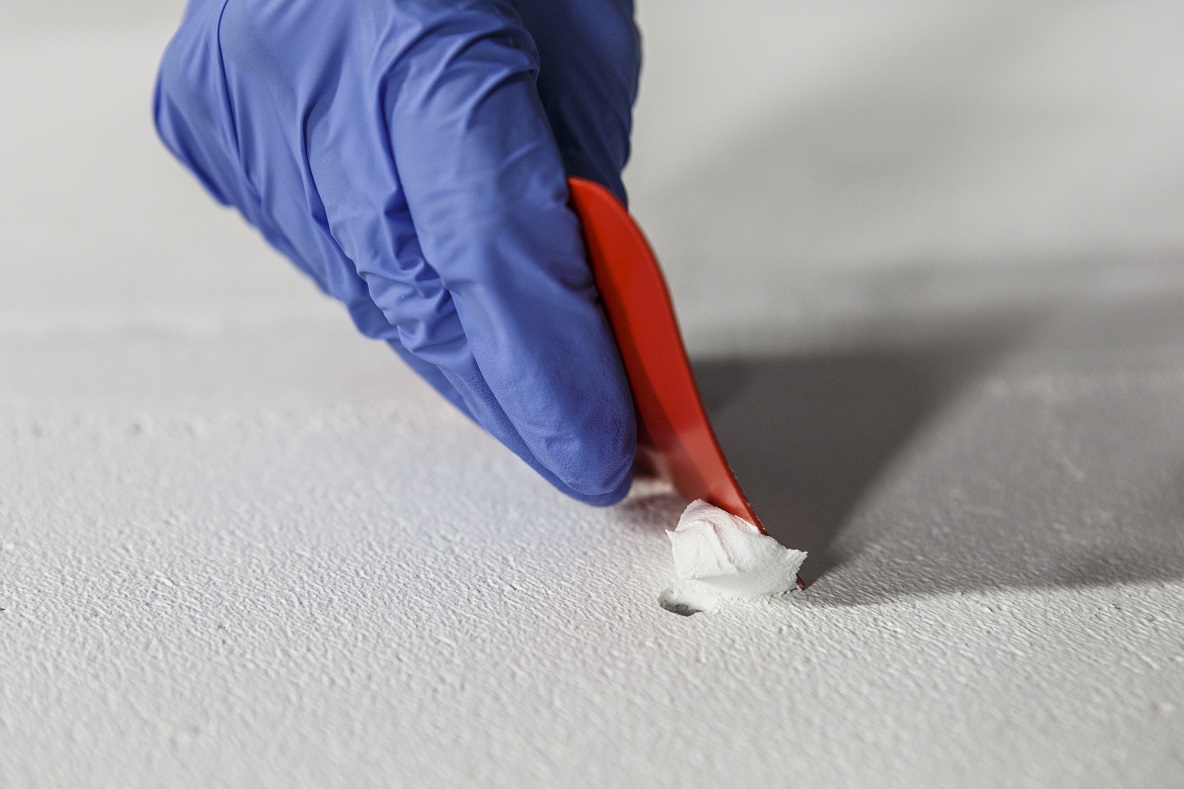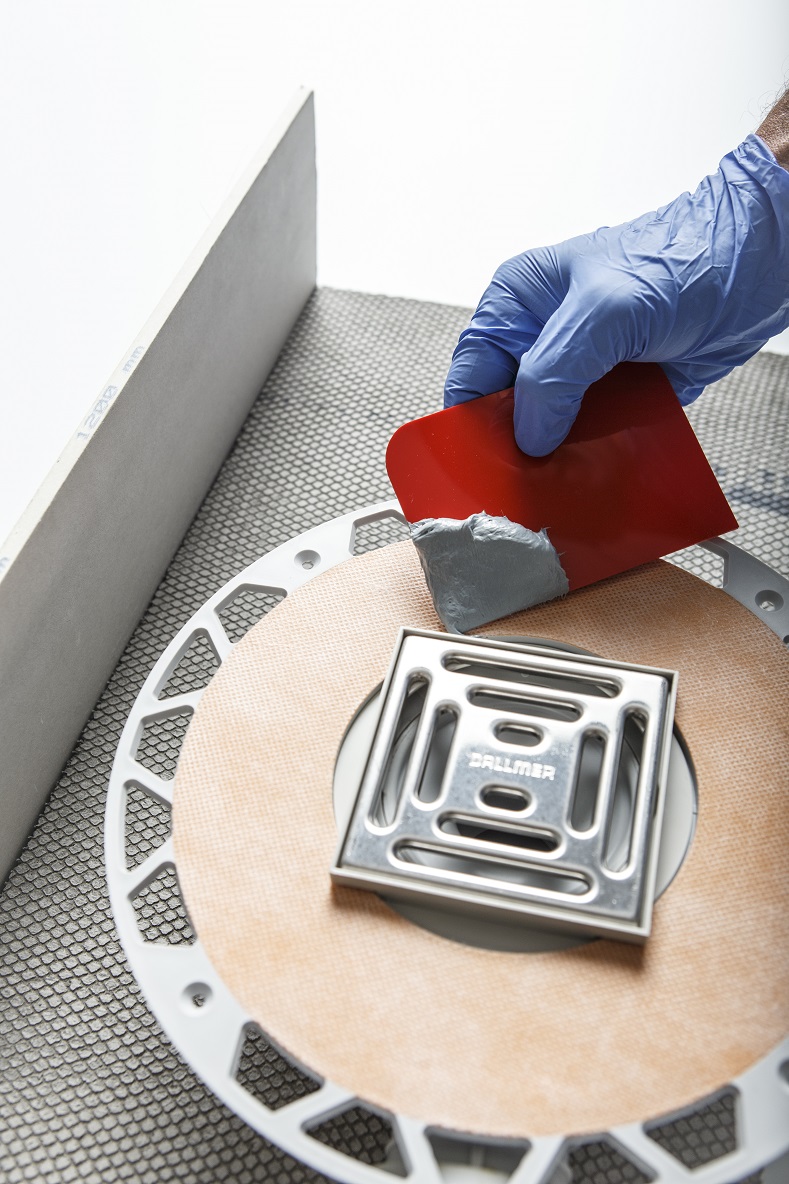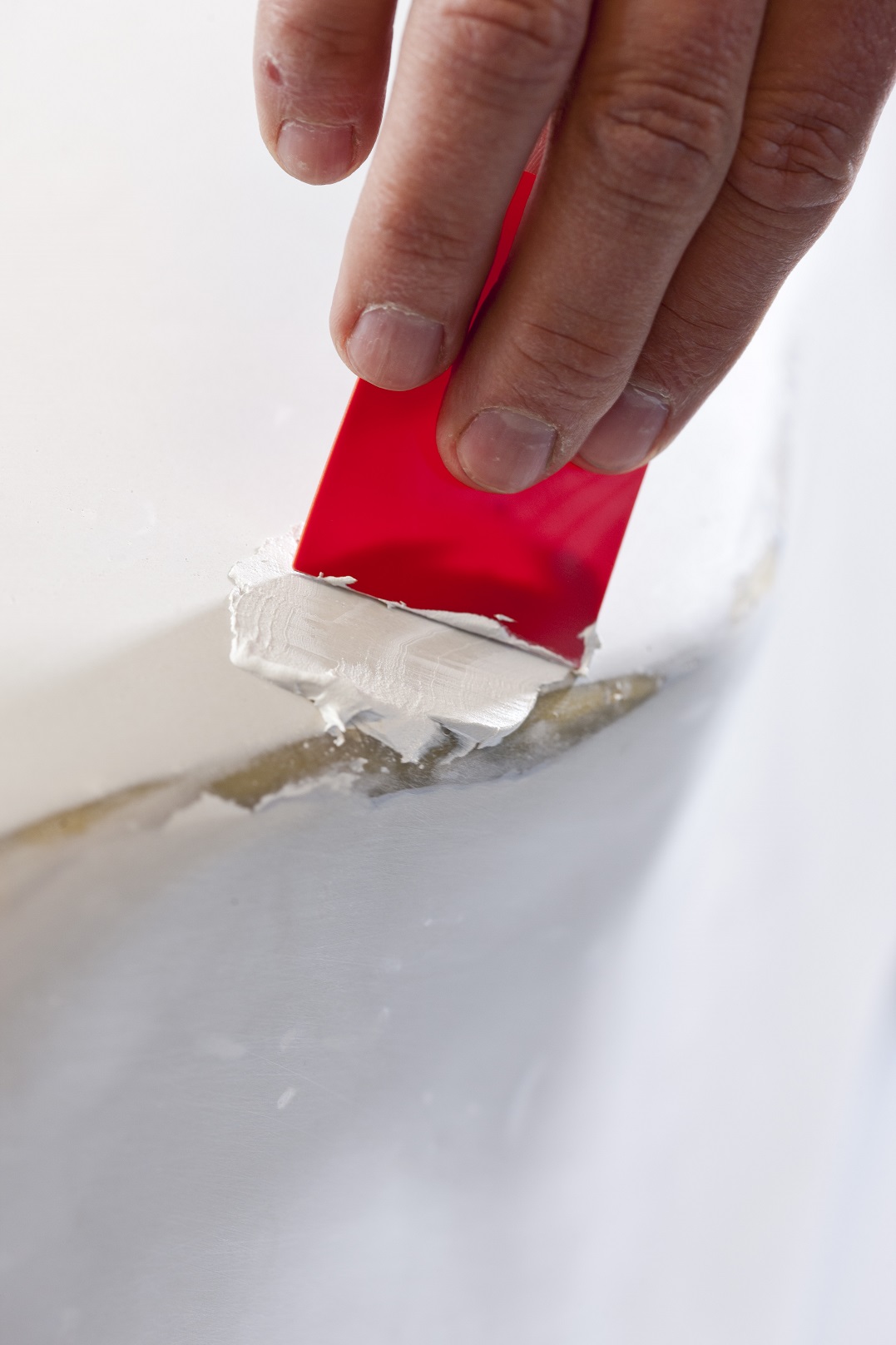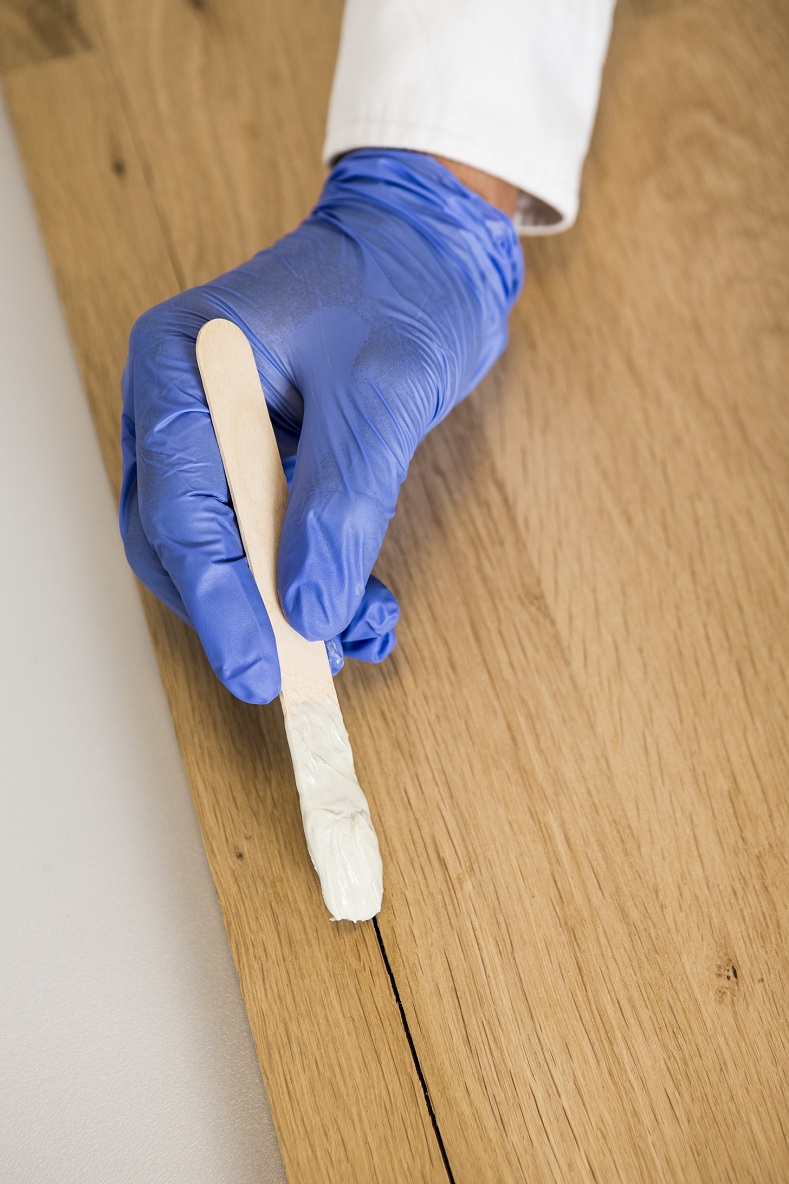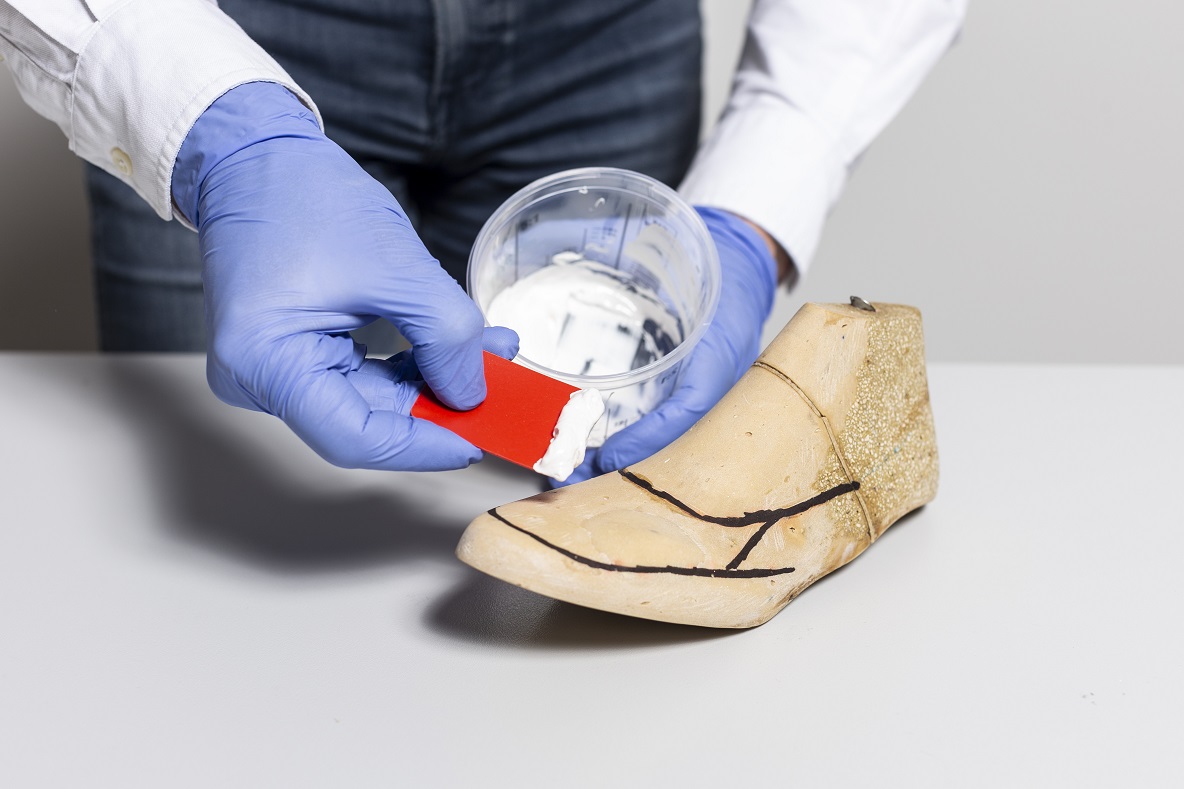
Collect & go with online advice

Largest selection of cold curing plastics

55 years of experience

Order before 12:00, <48 hour delivery
Applications of filler
Filler is used in many different sectors.
In the construction industry, fillers are often used to smooth away unevenness on walls and ceilings and to make them as even as possible so that you can paint easily.
To repair cracks and deeper scratches in the bodywork of a car, motorbike or truck, bodyworkers use durable fillers that are easy to sand.
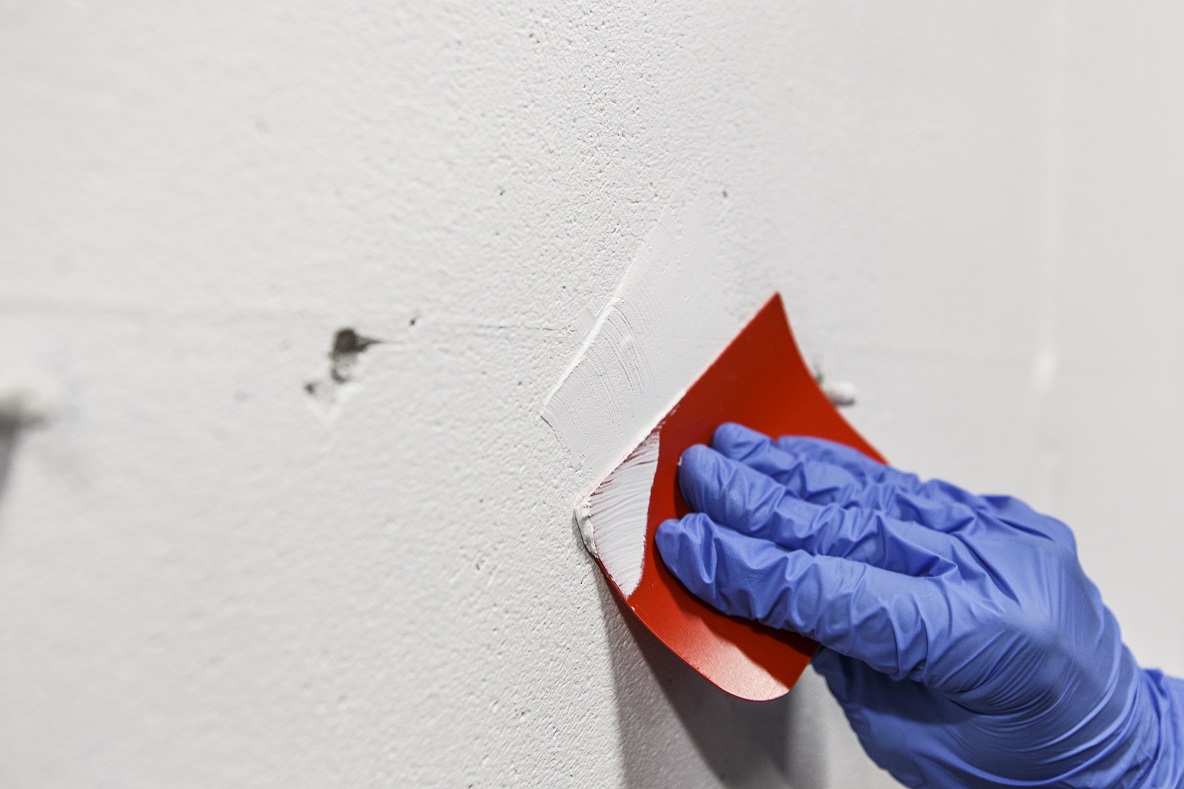

For repairs to boats, you need filler that is water and salt resistant and that you can use both above and below the water line. In this case, it is better to use epoxy putties.
Thanks to its wood-like structure, fibre filler can easily be used to repair wooden beams or boards. This type of filler repairs wood rot and strengthens all your affected woodwork.
Thanks to its wood-like structure, fibre filler can easily be used to repair wooden beams or boards. This type of filler repairs wood rot and strengthens all your affected woodwork.
Working with filler
When working with filler, it is best to wear gloves and protective clothing. Some fillers are difficult to remove from textiles.
Putty should be applied with a spatula or filling knife. When using a 2-component filling compound, it is best to mix it with a spatula on a mixing board.
Summarised
Advantages
- Many application possibilities
- Can be used on all surfaces
- Fast drying
- Good sandability
Disadvantages
- Long drying time with some types
- Two components
- Limited water resistance with 1-component fillers

